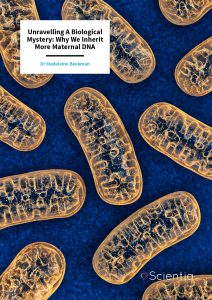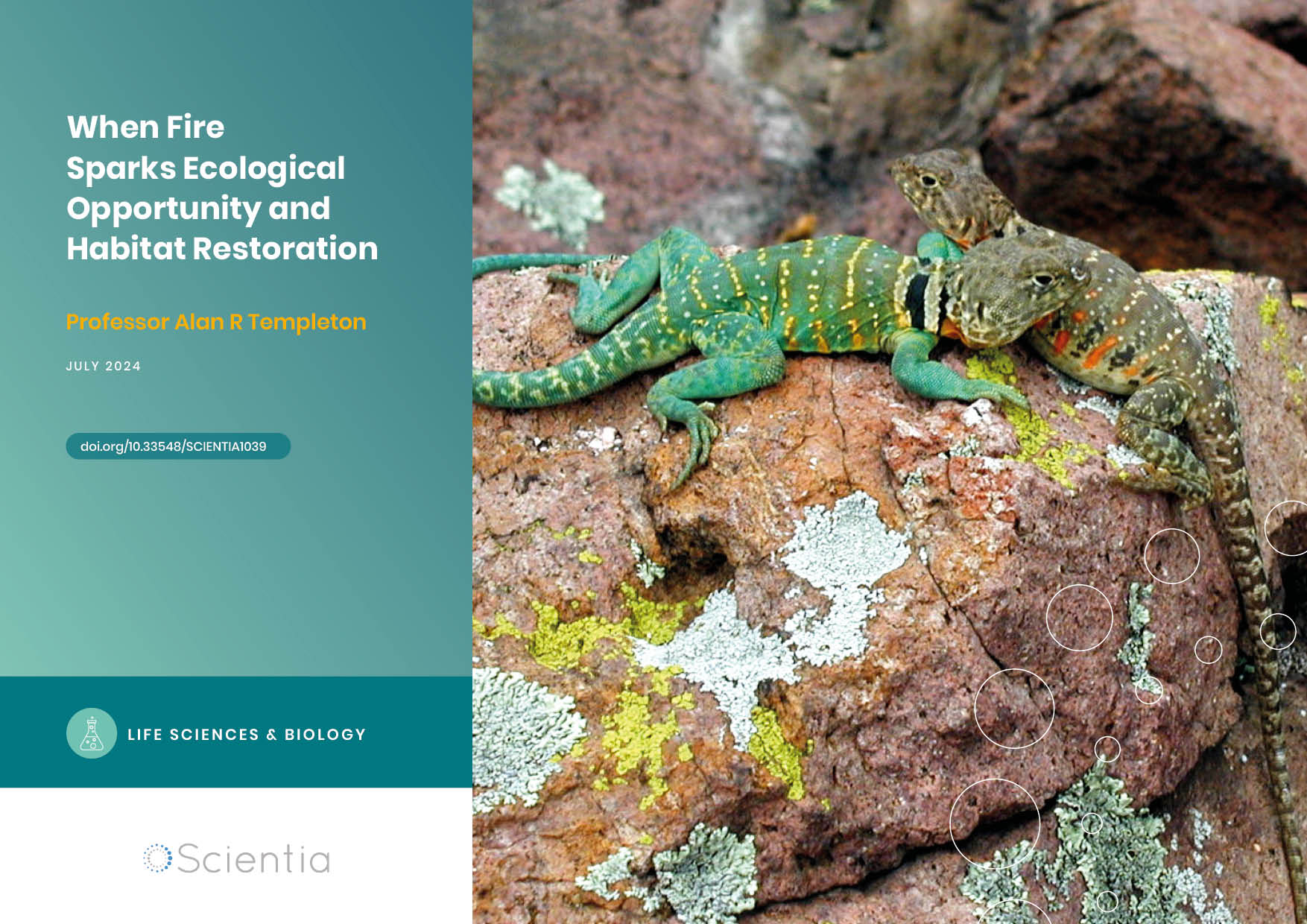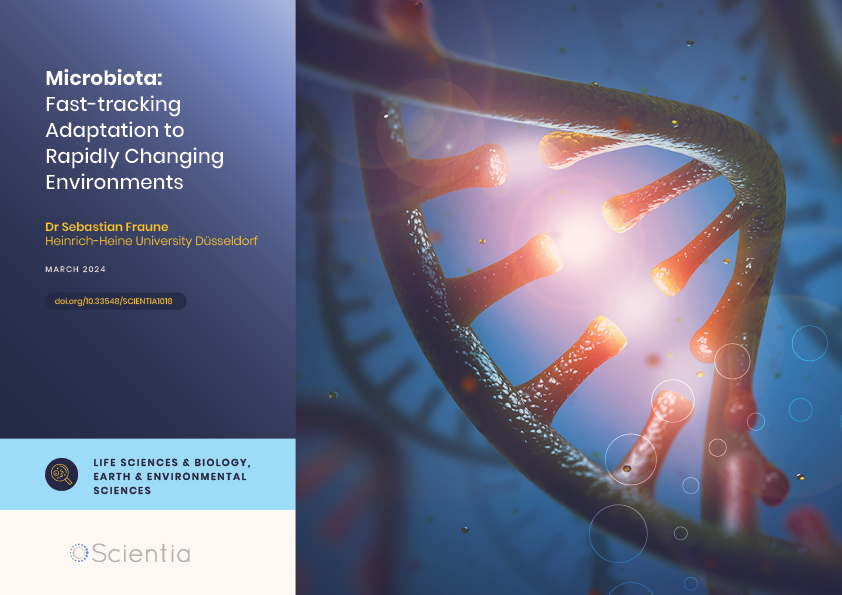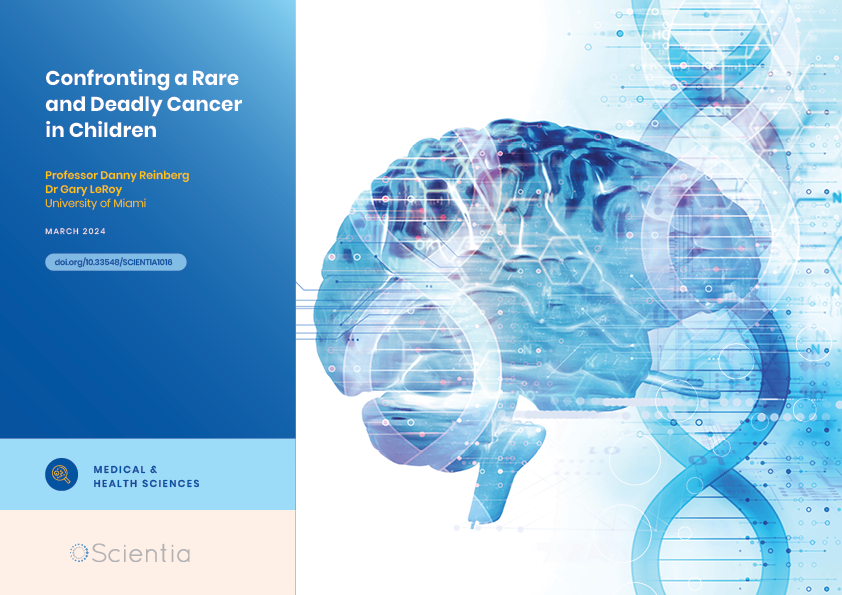Dr Madeleine Beekman – Unravelling A Biological Mystery: Why We Inherit More Maternal DNA
Around 1.5 billion years ago, our single-celled ancestor had a fateful snack – it engulfed another bacterium. The engulfed organism initially lived within the other, but slowly transformed over generations to give rise to mitochondria – an important organelle found in the cells of Eukaryotes. Interestingly, mitochondria have DNA that is passed exclusively from one parent onto their offspring. In most organisms, including us, that parent is the mother. Why we only inherent maternal mitochondrial DNA is one of the oldest unanswered questions in evolutionary biology. Dr Madeleine Beekman of the University of Sydney has explored this topic deeply, proposing new theories to explain why we are more related to our mother than our father.
Mitochondria Power Life
During sexual reproduction, an offspring receives two genomes: DNA within the nucleus, and DNA within organelles in the cytoplasm – the gelatinous liquid that fills the cell. Cytoplasmic genomes include DNA in mitochondria and the chloroplasts of plant cells.
Mitochondria generate the chemical energy needed to power every cell in the human body. The energy is stored in a complex molecule termed ATP – life’s common energy currency. Not surprisingly, mitochondria are found in all human cells, with particularly large numbers in tissues that require a lot of energy, such as muscles and the brain.
Each mitochondrion contains multiple copies of its DNA. While the father’s and mother’s nuclear genomes recombine during sexual reproduction, mitochondrial DNA comes exclusively from the mother – meaning that mitochondria reproduce asexually. In fact, in mammals, sperm cells deliberately tag their mitochondrial DNA for destruction after fertilisation. Maternal inheritance of mitochondrial DNA is one of the most preserved biological patterns we have, and is consistent across almost all lifeforms.
Some exceptions to the rule of ‘uniparental’ inheritance include baker’s yeast and some male bivalves. However, in both cases, the mitochondrial DNA from the mother and father are segregated. For example, in bivalves, the father’s mitochondrial DNA appears only in the reproductive organs of male offspring, while the mother’s mitochondrial DNA is found in all other cells in the offspring’s body, including in the reproductive tissues of her daughters.
A trend that has persisted for so long, across so many species, must be favourable for the persistence of life. However, we still lack a theory explaining maternal inheritance supported by scientific data. Dr Madeleine Beekman of the University of Sydney has been at the forefront of this research for years. Her most recent work examines maternal inheritance as a potential answer to another biological mystery: how have asexual genomes, such as mitochondrial DNA, undergone adaptive evolution without sex? While she had been pondering the mystery of uniparental inheritance and the mitochondrion’s ability to evolve without sex, it was not until Joshua Christie joined her as a PhD student that she started to find the answers.
Avoiding Genetic Conflict
The most common hypothesis used to explain maternal inheritance of mitochondrial DNA is called conflict theory. The idea is that replicating mitochondrial DNA quickly is at odds with the organism’s best interest.
Like all genetic beings, mitochondria ‘want’ to replicate quickly; such fast-replicating mitochondria are known as ‘selfish’ mitochondria amongst biologists. However, rapid replication can be sloppy. With each round of replication, mistakes can be made and mutations arise. So, the more replications, the higher the chances are that things will go wrong. Because mitochondria are essential for the creation of cellular energy, sloppy replication can negatively impact the cell, and therefore the whole organism.
Conflict theory suggests that inheriting mitochondria from both the mother and father will facilitate the spread of selfish mitochondria. When both parents pass on their mitochondria, each offspring will contain a genetic mixture in their cells. Such a mixture would set the scene for these genetically different mitochondria to compete with each other over who can replicate the fastest. To avoid such conflict, natural selection – which acts more on the whole organism than on individual mitochondria – has led to the uniparental inheritance of mitochondrial DNA. In most organisms, the parent that is the sole transmitter is the mother; but it could easily have been the father. Conflict theory has been the predominant explanation of uniparental inheritance for nearly three decades, but we have no evidence – either from models or real data – to back it up.
Another theory poses a more straightforward solution: has maternal inheritance evolved because carrying multiple mitochondrial types imposes a cost on the organism? Dr Beekman and Joshua, now Dr Christie, used a mathematical model to explore whether natural selection against heteroplasmy – a state of having multiple mitochondrial genomes – could lead to the evolution of uniparental inheritance.
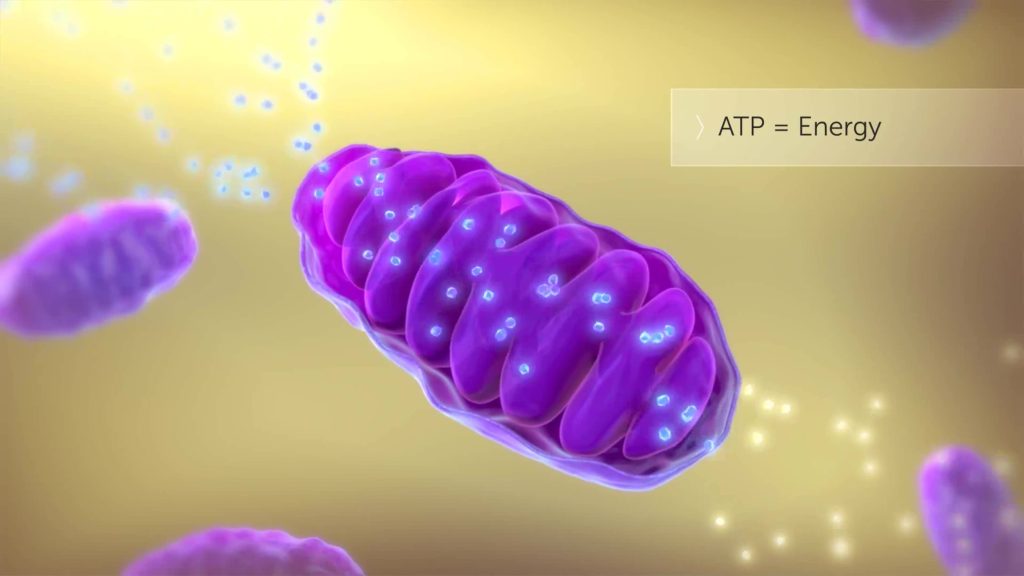
A New Theory
All DNA is vulnerable to mutations. Mutations are important as they allow new traits to arise. In fact, if an entity only reproduces asexually, as mitochondria do, then mutations are particularly important, since they are the only way that the genome structure can change. During sexual reproduction, new genetic combinations are formed by the mixing of maternal and paternal genomes, but this is not the case in asexual reproduction.
Dr Beekman, Dr Christie and the applied mathematician Tim Schaerf wanted to know whether maternal inheritance would constantly beat biparental inheritance in an evolutionary arms race, or whether a predominance of one type of mutation – neutral, beneficial, or harmful – would tip the scale in favour of one strategy for the other.
They created a mathematical model of the evolution of a free-living eukaryotic organism. Almost all eukaryotic organisms, including animals, plants and fungi, contain mitochondria in their cells. The team’s model manipulated genetic mutations in the mitochondria to be neutral, beneficial, or harmful. They then monitored the distribution of cell types in each scenario. For each type of mutation, they ran the model over multiple generations to see if uniparental inheritance would ever evolve from the ancestral state of biparental inheritance.
Maternal inheritance of mitochondrial DNA replaced biparental inheritance under all scenarios. The team’s results also explained many exceptions to strict maternal inheritance, such as those observed in yeast and bivalves.
Furthermore, the team’s model results also explain observations from a biological study in which mice were modified so that their cells contained two different mitochondrial genomes. While mice with one mitochondrial genome were normal, those with two suffered physiological impairments, including compromised respiration and reduced cognition.
Although the cost of having multiple copies of mitochondrial DNA now has a solid theoretical foundation and some empirical support, scientists still don’t understand the underlying mechanisms. Dr Beekman stresses that we need more data on various organisms to support or refute the model.
Asexual Genomes and Muller’s Ratchet
Sexual reproduction combines genes quickly, creating new genetic combinations, but it also allows beneficial mutations to spread more quickly and for deleterious ones to be removed. Beneficial mutations help the organism to more successfully survive and reproduce; thus, natural selection favours their persistence from generation to generation. Harmful mutations, on the other hand, can be removed during sexual reproduction, and so do not accumulate to levels within a population that could lead to that population’s extinction.
In contrast, genomes that reproduce asexually, can only create or remove mutations through errors in genome replication, which are rare and random. Thus, harmful mutations can accumulate rapidly and unavoidably, an effect known as ‘Muller’s ratchet’. In theory, this should lead to the irreparable meltdown of asexual genomes over many generations.
Despite the disadvantages, asexual reproduction offers many benefits, including a quicker reproduction rate that is not dependent on the availability of a sexual partner. Indeed, there are many examples of asexual organisms that have persisted for a long time. Long-lived asexual populations have evolved strategies for getting around the costs of asexual reproduction, such as very large population sizes and the occasional sexual exchange. However, mitochondria are in a different scenario: their population sizes are so small that models suggest they should struggle to accumulate beneficial mutations and purge deleterious ones. In fact, the mitochondrial genome should no longer exist.
We need look no further than the mammalian Y chromosome to see the consequences of a lack of sex. Like mitochondrial DNA, the Y chromosome is only transmitted from one parent – this time only from father to son. The Y chromosome has tell-tale signs of the effects of Muller’s ratchet: it is so small that, if the deletion rate continues, the Y chromosome – and the male sex – will disappear within the next 10 million years. In fact, parts of the degenerate human Y have already caused problems, such as low sperm viability.
On the other hand, mitochondrial DNA, which has been around much longer than the mammalian Y chromosome, doesn’t show nearly as many signs of the costs associated with an asexual genome. What do the mitochondria have that the Y chromosome doesn’t?
Intrigued by this evolutionary puzzle, Dr Beekman and Dr Christie wondered how to reconcile our fundamental theories of the costs of asexual reproduction with the evidence that mitochondrial DNA is somehow circumventing Muller’s ratchet.

How Do Asexual Genomes Evolve?
Dr Beekman and Dr Christie created a model to determine how inheritance type (biparental or uniparental) and genome size affect the accumulation of beneficial and harmful mutations. They also modelled the rate of adaptive evolution – the propagation of beneficial mutations over deleterious ones.
The model reconciled the theory with observations, showing that the specific biology of mitochondrial genomes, asexual reproduction, uniparental inheritance and small population size, increases the efficiency of natural selection in a manner that compensates for the costs of asexuality.
The key to Beekman and Christie’s theory is that selection can act on mitochondria on multiple levels: between the host cells carrying the mitochondrial DNA, and within the mitochondrial genomes themselves. When between-cell selection is stronger than within-cell selection, there is more variation upon which natural selection can act and more opportunities to purge deleterious mutations. Maternal inheritance, the researchers contend, increases between-cell choice and allows for greater adaptive evolution.
The number of mitochondria also matters. Because mitochondria are divided all over a mother’s egg cells, each egg differs slightly in its mitochondrial DNA and eggs of poor quality, those that contain too many mutated mitochondria, are removed.
Their work suggests that mitochondria can enjoy the benefits of asexual reproduction while using maternal inheritance to mitigate the costs. A win-win situation and a solid explanation for why the mitochondrial genome is still going strong after more than two billion years.
Testing the Theory of Multilevel Selection
In a new project, Dr Beekman is putting her model of adaptive evolution in mitochondria to the test. Using a slime mould and a fungus as model organisms, Dr Beekman plans to experimentally manipulate the relative strength of mitochondrial DNA mutation types fundamental to her theory. At the end of this ongoing project, she will demonstrate whether maternal inheritance improves the mechanisms allowing for adaptive evolution in mitochondria.
By connecting the dots between theory and reality with empirical studies, Dr Beekman is shedding new light on some of biology’s longest-standing questions. It’s not just for curiosity’s sake, either: understanding the selection of mitochondria will allow us to better treat numerous debilitating mitochondrial disorders, which affect millions of people across the globe.
SHARE
DOWNLOAD E-BOOK
REFERENCE
https://doi.org/10.33548/SCIENTIA785
MEET THE RESEARCHER
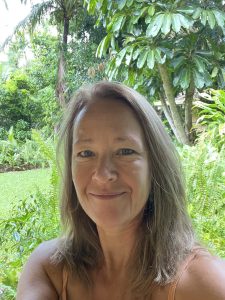
Dr Madeleine Beekman
School of Life and Environmental Sciences
The University of Sydney
Sydney
Australia
In the early 2000s, Dr Madeleine Beekman found herself in South Africa studying the Cape honeybee. She fell in love with these curious insects, and since then, has spent decades studying social insect behaviour and theoretical evolutionary biology. Dr Beekman earned her PhD in Population Biology from the University of Amsterdam. After a brief period working outside of academia, she accepted a postdoctoral position at the University of Sheffield. In 2001, she started at the University of Sydney, where she would eventually become Deputy Head in the School of Life and Environmental Sciences and Professor of Evolutionary Biology. With more than 150 publications to her name, Dr Beekman is an impressive scientist with far-reaching contributions to evolutionary biology. In 2021, she switched her focus from teaching to popular science writing but is still connected to the University as Professor Emerita.
CONTACT
E: madeleine.beekman@sydney.edu.au
W: https://www.sydney.edu.au/science/about/our-people/academic-staff/madeleine-beekman.html
FUNDING
Australian Research Council
KEY COLLABORATORS
Joshua R. Christie, University of Sydney
Duur K. Aanen, Wageningen University
Johannes N. Spelbrink, Radboud University Medical Centre
Damian K. Dowling, Monash University
Timothy M. Schaerf, University of New England
FURTHER READING
JR Christie, M Beekman, Selective sweeps of mitochondrial DNA can drive the evolution of uniparental inheritance, Evolution, 2017, 71, 2090.
JR Christie, M Beekman, Uniparental inheritance promotes adaptive evolution in cytoplasmic genomes, Molecular Biology and Evolution, 2017, 34, 677.
JR Christie, M Beekman, Selective sweeps of mitochondrial DNA can drive the evolution of uniparental inheritance, Evolution, 2017,71:2090-2099.
JR Christie, M Beekman, Uniparental inheritance promotes adaptive evolution in cytoplasmic genomes, Molecular Biology and Evolution, 2017, 34, 677.
DK Aanen, JN Spelbrink, M Beekman, What cost mitochondria? The maintenance of functional mitochondrial DNA within and across generations, Philosophical Transactions of the Royal Society of London, 2014, 369, doi: 10.1098/rstb.2013.0438.
M Beekman, DK Dowling, DK Aanen, The costs of being male: are there sex-specific effects of uniparental mitochondrial inheritance?, Philosophical Transactions of the Royal Society of London, 2014, DOI: 10.1098/rstb.2013.0440.
JR Christie, TM Schaerf, M Beekman, Selection against heteroplasmy explains the evolution of uniparental inheritance of mitochondria, PLoS Genetics, 2015, DOI: 10.1371/journal.pgen.1005112.

REPUBLISH OUR ARTICLES
We encourage all formats of sharing and republishing of our articles. Whether you want to host on your website, publication or blog, we welcome this. Find out more
Creative Commons Licence (CC BY 4.0)
This work is licensed under a Creative Commons Attribution 4.0 International License. 
What does this mean?
Share: You can copy and redistribute the material in any medium or format
Adapt: You can change, and build upon the material for any purpose, even commercially.
Credit: You must give appropriate credit, provide a link to the license, and indicate if changes were made.
SUBSCRIBE NOW
Follow Us
MORE ARTICLES YOU MAY LIKE
Professor Alan Templeton | When Fire Sparks Ecological Opportunity and Habitat Restoration
How far would you be willing to go to save an endangered species? Would you consider burning part of a forest as a solution? As unconventional as it may sound, conservationists sometimes resort to such measures to restore lost habitats. One remarkable example is the efforts to save eastern collared lizards – and indeed the entire biological community in which they live – in the Ozarks, spearheaded by American geneticist and statistician Professor Alan Templeton of Washington University in St Louis, USA.
Dr Michael Cherney – Professor Daniel Fisher | Unlocking Woolly Mammoth Mysteries: Tusks as Hormone Time Capsules
The impressive tusks found on proboscideans (the order of mammals that includes elephants, woolly mammoths, and mastodons) are like time capsules, preserving detailed records of their bearers’ lives in the form of growth layers and chemical traces. Frozen in time for thousands of years, these layers can unlock secrets about the lives of long-extinct relatives of modern elephants. Dr Michael Cherney and Professor Daniel Fisher from the University of Michigan used innovative techniques to extract and analyse steroid hormones preserved in woolly mammoth tusks. This ground-breaking work opens new avenues for exploring the biology and behaviour of extinct species.
Dr Sebastian Fraune | Microbiota: Fast-tracking Adaptation to Rapidly Changing Environments
As climate change continues at an unprecedented pace, the processes of natural selection and genetic mutation can no longer fully explain how some organisms adapt to their rapidly changing environments. Dr Sebastian Fraune from Heinrich-Heine University and an international team of researchers are the first to demonstrate a causal relationship between changes in the microbiome and changes in thermal tolerance. They propose that microbiota-mediated transgenerational acclimatisation can account for how animals adapt to their environments in much shorter periods of time than classical theory would predict.
Professor Danny Reinberg – Dr Gary LeRoy | Confronting a Rare and Deadly Cancer in Children
A diagnosis of cancer is never welcome but is particularly devastating when a child is found to have diffuse intrinsic pontine gliomas – a rare but particularly aggressive and treatment-resistant malignancy in the brain. In this article, we focus on the contributions of Professor Danny Reinberg and Dr Gary LeRoy at the University of Miami-Miller School of Medicine to understanding what makes these tumours so dangerous and, importantly, to developing much-needed approaches to improve the outcomes for these children.

